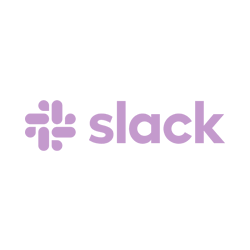

For service organisations
In industries like IT, consultancy, accountancy and engineering, where human expertise is the main driver of value, resource planning ensures that the right people are assigned to the right projects at the right time.
Resource planning is the structured process of allocating and managing an organization’s key resources—people, skills, and time—to deliver services efficiently.

In industries like IT, consultancy, accountancy and engineering, where human expertise is the main driver of value, resource planning ensures that the right people are assigned to the right projects at the right time.
Resource planning is essential for service organizations to achieve their goals:
Ensure your employees spend more time on customers and less on non-productive tasks.
Assign skilled professionals to tasks to deliver projects on time and within the scope.
Distribute work evenly across your employees to avoid over- and underutilization.
Optimize resource usage to reduce idle time and avoid costly delays.
Modern resource planning tools are game-changers for service organizations, because now with solutions like Timewax, you can have:
Visualize large datasets and make easy adjustments with drag & drop.
Integrate with Outlook to align employee schedules and avoid conflicts.
Have up-to-date insight into resource utilization and project performance.
Investing in resource planning results in:
Ensure your specialists are working on high-value tasks, increasing revenue potential.
Deliver customer projects on time and within budget by avoiding resource bottlenecks.
Assign the work to employees that fits their skills and ambition. Avoid burn and bore outs.
Discover how Timewax takes care of better planning, discover your stage, platform and real results.
See at a glance whether you have the people and time to take on new projects; and whether they’re delivering the margins you expect.







Our resource planning software integrates seamlessly with your systems. Get rid of tasks that you can automate with our integrations and API.

Companies reach out to us because they want to start scheduling. Some are looking for a planning tool to manage capacity; others want to manage a list of to-dos.

How can you have a well-founded discussion with, for example, management and the sales team with insights from the utilization rate? We will explain that to you.

How should you organize the scheduling of your resources in your company? This article looks at which form of resource planning fits best in your organization.